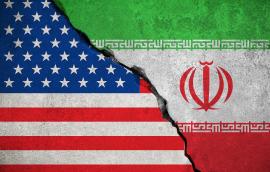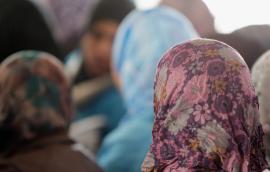Freestanding Emergency Departments Preferentially Locate in Areas With Higher Household Income
The author determines that in 2016, freestanding emergency departments in Texas were more likely to be in areas that could yield high profits — i.e., areas with significantly higher household incomes — than in areas of high demand.
Cedric Dark, Yingying Xu, Vivian Ho October 31, 2017








